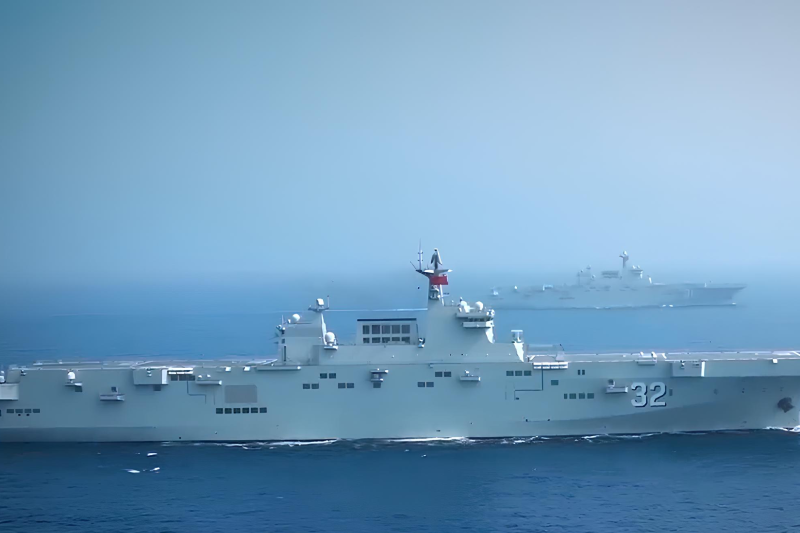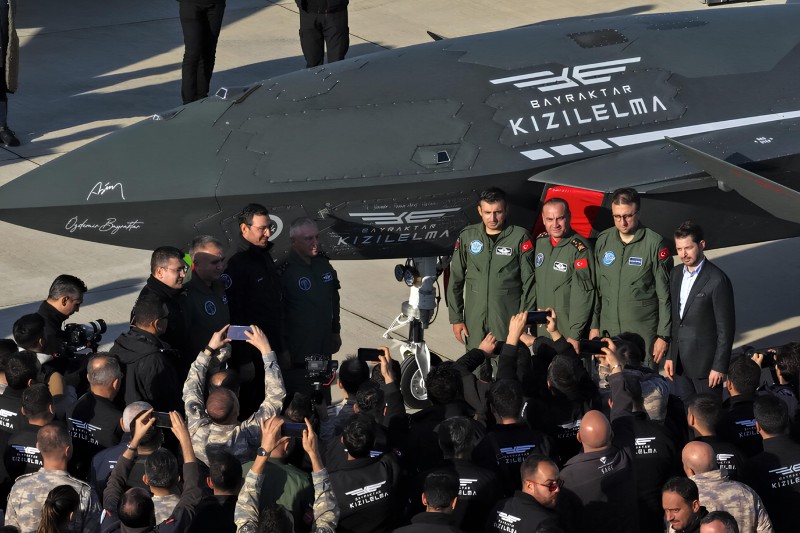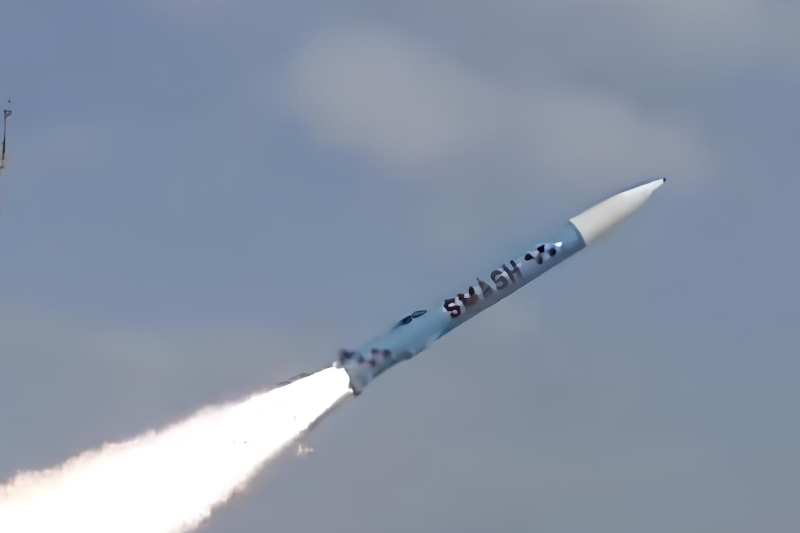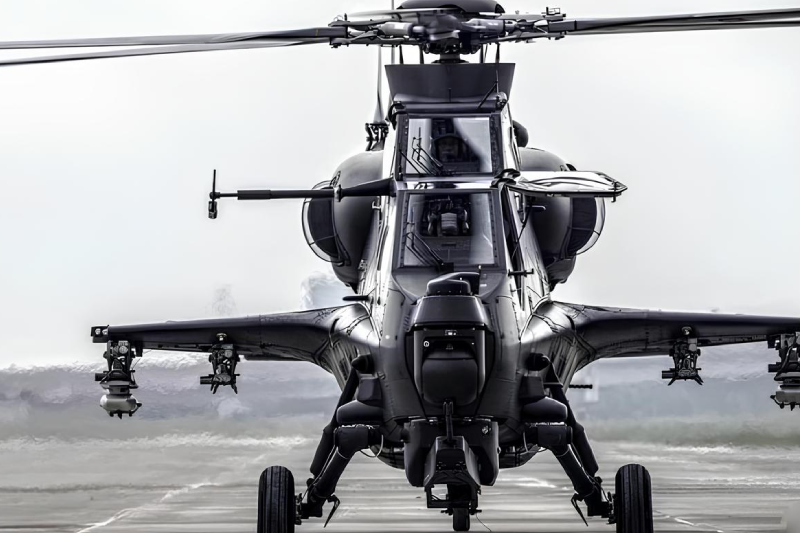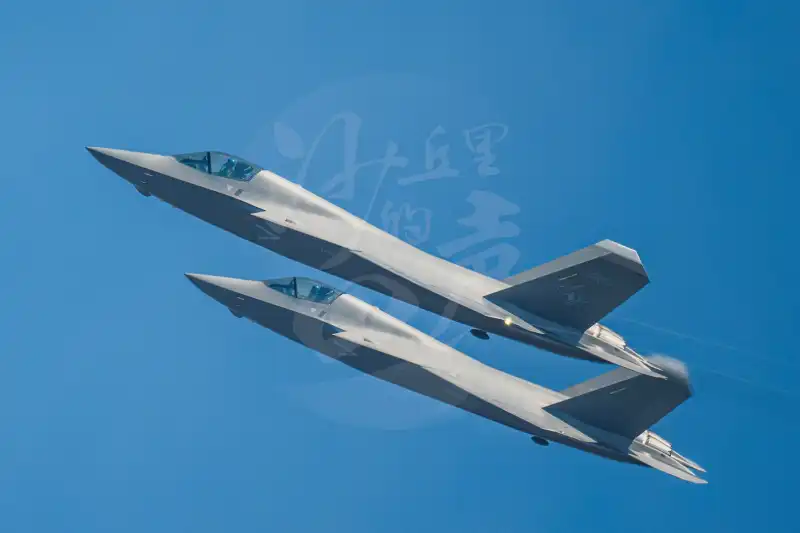PLA Navy Confirms J-35 Stealth Fighter Deployment
PLA Navy confirms J-35 stealth fighter deployment as the Chinese People’s Liberation Army Navy (PLAN) has formally announced that the J-35 stealth fighter is now carrier-based and will be inducted into the fleet. This development marks a revolutionary step toward building a formidable Chinese naval aviation force. PLA Navy confirms J-35 stealth fighter deployment highlights a significant shift, as the Chinese navy has never before operated fifth-generation stealth aircraft ushering in a game-changing era for regional maritime dynamics and establishing a new benchmark in carrier-based aviation capabilities.
Historic Naval Aviation Record
The fact that J-35 stealth fighters will be part of Chinese Navy fleet is the first step towards unprecedented ascension in the maritime air power. Compared to the people liberation army air force which have been using J-20 5th generation fighters since February 2017, the acquisition of stealth technology enables the Navy be part of the developed aerial warfare systems in which the Americans and its allies used to dominate.
This announcement so soon after the initial photographs of land-based J-35 variants in Air Force service is an indication of the diminished time frame of the Chinese plan to deploy the fifth-generation aircraft to multiple services. With this realization being a priority in the strategic deployment of a stealth fighter in China, this integration comes with great speed in the military modernization in the country.
Design and Development
The J-35 is a lighter version of the J-20 fighter that was developed by Chengdu Aircraft Corporation. The J-35 on the other hand was developed by Shenyang Aircraft Corporation. The aircraft has a niche size that is smaller than its mammoth competitors J-20 and the American F-22 platforms and a lot lighter than the single-engined multi-functional F-35 Lightning II aircraft. Such placement offers the best compromise of payload, range and flexibility of operation within carrier-based operations.
It employed the use of existing J-20 technologies in enhancing the development leading to the low research and development costs. Through this kind of technology exchange program, Shenyang was able to integrate established stealth properties, avionics systems and propulsion design technologies and adapt it to the need of operating in a naval environment.
Operational Capabilities
The placement of the J-35 into the sea service is a sea change in the domains of stealth that comes to the Chinese carrier combat teams. This gives a great survivability advantage in contested airspace compared to the traditional fighters and allows the aircraft to penetrate advanced air defense systems due to the radar-absorbing materials and geometric design that provide protection in the airspace.
Load outs support both the air to air and the air to surface roles and the weapons bays are kept stealthy with the bays carrying precision guided weapons. Sensor fusion capabilities of this fighter allow combining different sources of information, giving the pilots full-scale situation awareness necessary when performing a complicated task in the maritime environment.
Strategy Fleet Integration
J-35 together with the newly commissioned J-15B deployment is an advanced tactical strategy of carrier air wing organization. With a payload capacity and long-range capability, the J-15B, which is in the grandiose of a fighter, is in the manner of a 4+ generation fighter, the stealthy penetration as well as the sophisticated sensor system, are provided by J-35. This combination is a high-low format that makes the operations as flexible as possible and optimizes resources.
Such a combination reflects effective practices used by other nations with maritime forces where the aircraft types (variants) are used to support a particular mission need. J-15B is more suitable to fleet defense and long-range attack, whereas J-35 is stealthier and more efficient in the operation in a contested environment, as well as in precision targeting.
Improvement of Carrier Operations
J-35 stealth fighters play an important role in increasing the aircraft carrier in China. The lowered radar cross-section of the fighters allows surprise attacks and spying missions that were earlier unachievable using the conventional planes. Also, carrier battle groups can be equipped with new opportunities in the form of defense and offense in the advanced electronic warfare capabilities.
Other issues of integration with carrier operations, such as catapult launch, arrested landing and shipward maintenance are also satisfied by years of testing and modification efforts. The maritime version includes reinforced landing gear, corrosion resistant material and easier maintenance methods that are configured to work on a ship.
Manufacturing Leadership
The manufacturing ability to produce two different kinds of fifth generation fighter jets at the same time is unprecedented and marks an achievement made by China. None of the other countries have been able to show an industrial capability to operate multiple production lines in parallel having advanced stealth aircraft, which shows a new maturity of Chinese defense industries and resource dedicated to the military modernization.
Dual-production strategy offers such strategic benefits as cost decrease per unit due to use of common technologies, improved supply chain stability, and faster time to deployment. This production capacity greatly increases the margin between China and other countries in the production volumes of stealth fighters per year.
The Balance of Power in the Region
It is because the introduction of J-35 carrier based stealth fighters into the equation in the region basically shifts the security environment notably in the South China Sea and Taiwan Strait. The survivability features and broadened strike capability grant the Chinese naval power extraordinary operational scope and performance in duplicitous eau.
The threats of stealth-armed carrier battle groups have become highly sophisticated and no longer can any of the allied countries underestimate their competencies and strategies. The strategic consequences beyond the local region are concerns of the maritime security of the world.
Technological Evolution
Although the J-35 is the latest state of the art naval aviation technology, the Chinese defense industry keeps working on attaining the sixth-generation fighter system. Industry watchers predict that it might take till about the early 2030s before the first sixth-generation fighter aircraft are introduced, and being in technological vanguard, China might hold on to this technological advantage in the development of advanced combat aircraft.
This ongoing circle of constantly bringing new innovations keeps it with sustained competition benefits, so it makes associated countries hurry to develop their next-generation fighters. The fast rate of changing the Chinese military aviation poses a major strategic threat to the traditional aerospace powers.
Dont miss this: US Navy Receives Final Independence-Class Littoral Combat Ship
Production Expansion
The effective introduction of J-35 stealth fighters into the service of the Navy allows laying the groundwork of an increase in production and the possibility of exporting it. The availability of low-cost fifth-generation aircraft has presented an international interest that may make the J-35 a major challenger in the international defense industry, especially in those markets interested in the capabilities offered by the fifth-generation aircrafts but not willing to pay its American counterparts such a premium.
The fact that the Chinese Navy is now confirming the deployment of J-35 carrier based stealth fighter aircraft to the fleet is going to go down in history as a turning point in the history of naval aviation and stand as a new yardstick in the history of maritime air power as well as as significantly redrawing the lines between global strategic calculus in the decades to come.
Join us on Facebook, Twitter, YouTube, Instagram, and TikTok for real-time coverage of defense events worldwide.
Discover more from International Defence Analysis
Subscribe to get the latest posts sent to your email.



